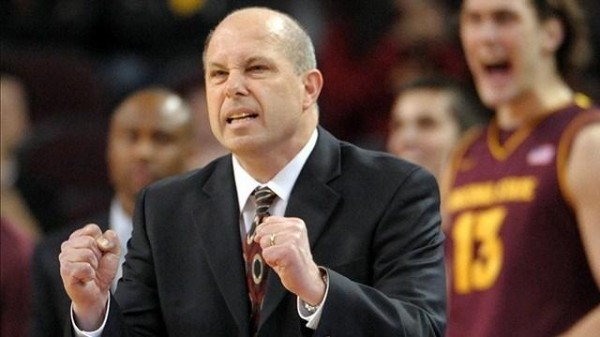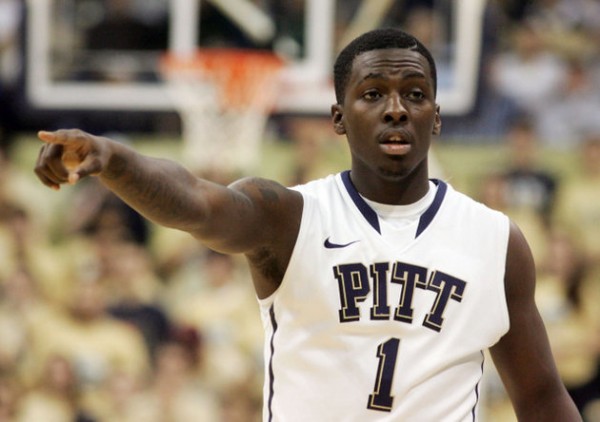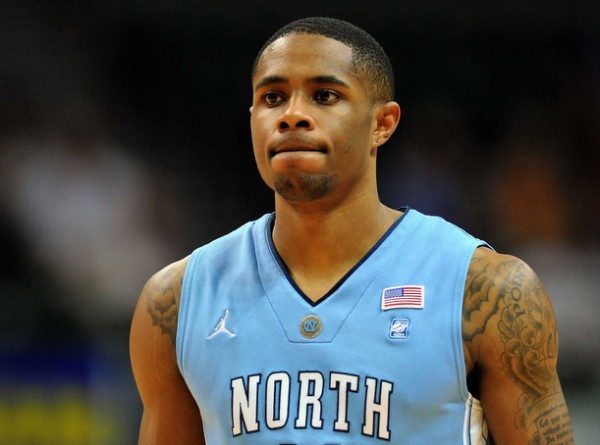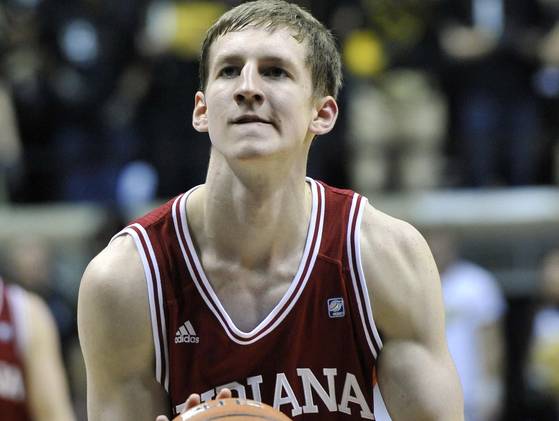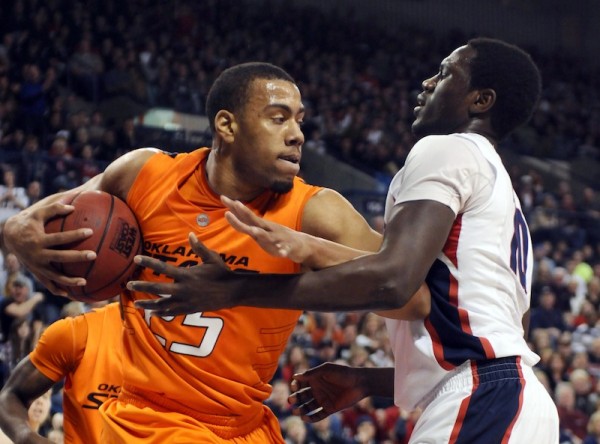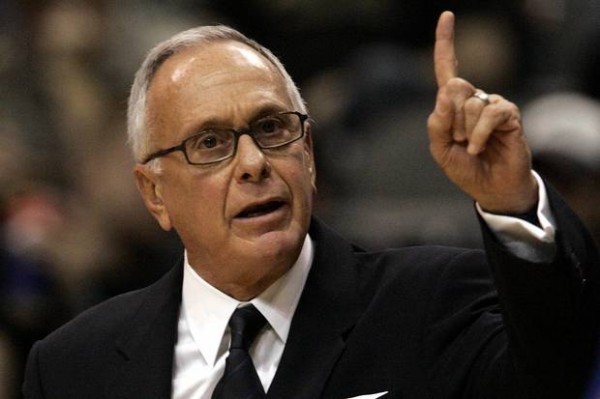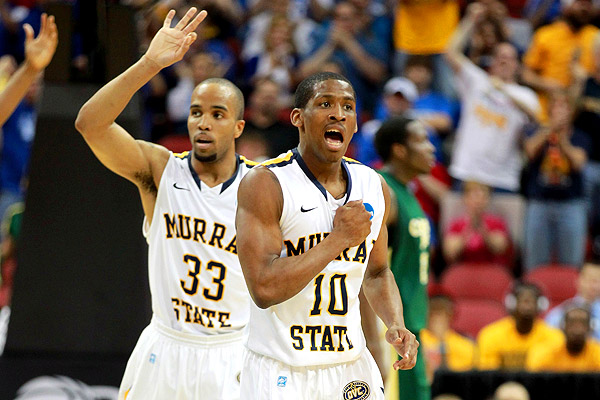Three Coaches in New Positions Ready To Take Off Running
Posted by Chris Johnson on October 30th, 2012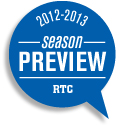 Chris Johnson is an RTC Columnist. He can be reached @ChrisDJohnsonn.
Chris Johnson is an RTC Columnist. He can be reached @ChrisDJohnsonn.
Coaching changes are powerful developments. They can ignite struggling programs, send promising ones on a downward spiral, and have drastic implications (both good and bad) for the administrators who made them. Sometimes, a regime change preserves a middling trajectory established by the previous coach, in which case another switch is likely forthcoming. Otherwise, why hire a new coach in the first place? In any case, this offseason brought few radical coaching changes. That’s mostly because there weren’t many significant changes to be made – Illinois, Kansas State, LSU and South Carolina headlined the list. The average college basketball fan will find little intrigue in that selection. It doesn’t exactly project “excitement” or “allure.” Even so, the hires made are no doubt transformative endeavors for the programs that occasioned them. They wanted a change of direction, found a coach who shared that vision, matched vacancy with proscribed fit – and voila! Some of these new faces in new places will have a better chance of succeeding right away, and thus validating their new position. Missouri’s Frank Haith, one of the most widely criticized hires in years, personified the seamless transition. He made it work from the moment he arrived in Columbia. The next question is who has the best chance to do that this season. Trying to decipher which coaches can succeed right away requires keen insight, situational knowledge and a bit of guesswork. Because most changes are made to improve the previous coach’s way of running things, most new guys don’t inherit the best situations. Instead, they are hired to improve from the flaws of the previous regime. Anyway, in the interest of sparing you from a more drawn-out coaching hire lecture, here are three coaches poised to thrive in their new stomping grounds.
Ohio: Jim Christian Previous job: TCU Replacing: John Groce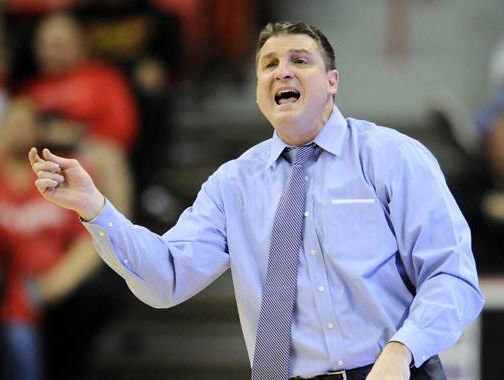
The Bobcats are set to continue their recent success under Christian, who has plenty of experience in the MAC (photo credit: US Presswire).
Over the past half decade and change, we’ve come to know Ohio as the sporadic NCAA Tournament outfit you absolutely dread seeing your favorite team matched up with in a first-round setting. In 2010, they took down three-seed Georgetown. Last season, the Bobcats raised their Giant Killer profile to a whole new level, beating four-seed Michigan and 12-seed South Florida before dropping an overtime decision in the Sweet Sixteen to one-seed North Carolina. That’s the kind of run that puts your program on the map, and puts your coach squarely on the wish list of hiring programs across the country. It granted John Groce a move up the conference coaching ladder, into the rugged Big Ten, where he’ll attempt to use his up-tempo offense and Chicago recruiting ties to pump some life into a downward-trending Illinois. Losing Groce hurts, but his replacement is no less capable of continuing the Bobcats’ recent Tournament success. On its face, the hiring of Jim Christian is nothing to get excited about. A ho-hum four-year tenure at TCU preceded his newest position, where he compiled a 38-58 record and failed to generate the type of fundamental culture shift required to lift the Horned Frogs out of their current state. As credentials go, his tenure in Fort Worth hardly inspires confidence. But if you look beyond his recent history in the Mountain West, and delve into the breadth of his college hoops coaching career, the move to bring in Christian makes absolute sense.





























